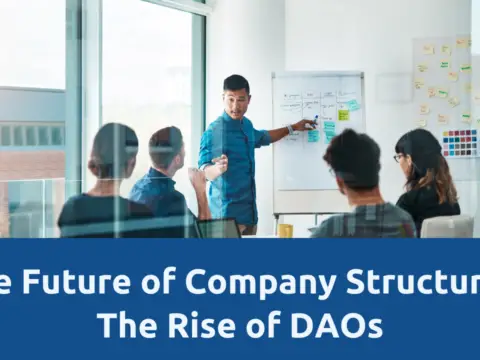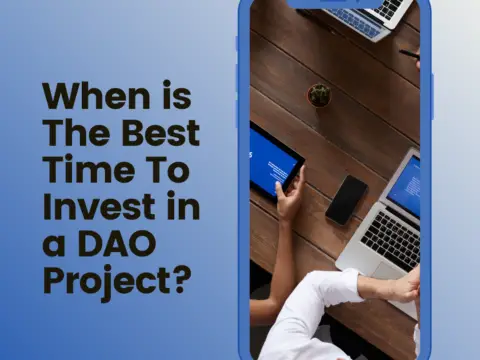Decentralized Autonomous Organizations (DAOs) are community-driven entities that operate on blockchain technology. Launching your own DAO can be an empowering venture, and this step-by-step guide is designed to assist beginners in navigating the process.
Step 1: Define Your DAO’s Purpose and Objectives
1. Identify Core Values:
- Establish Clear Objectives: Define the mission and goals of your DAO. Clearly articulate the purpose, values, and objectives to guide community members.
2. Select Governance Models:
- On-Chain vs. Off-Chain Governance: Choose between on-chain (using smart contracts) or off-chain governance models. Each has its advantages, and your decision should align with the DAO’s goals.
Step 2: Choose a Blockchain Platform
1. Select a Blockchain:
- Ethereum, Binance Smart Chain, or Others: Choose a blockchain platform that supports smart contracts. Ethereum is popular, but consider factors like transaction costs and ecosystem support.
2. Smart Contract Development:
- Hire Developers or Use Templates: Develop smart contracts for your DAO. You can hire developers or use existing templates, ensuring they align with your governance and tokenomics.
Step 3: Establish DAO Tokenomics
1. Token Distribution:
- Fair and Transparent Allocations: Define how DAO tokens will be distributed. Consider fair and transparent methods, such as community contributions or initial liquidity pools.
2. Voting Power and Utility:
- Define Token Roles: Assign voting power and utility to DAO tokens. Clearly outline how token holders can participate in governance decisions and any additional benefits they may receive.
Step 4: Create a DAO Community
1. Build Online Presence:
- Social Media and Forums: Establish an online presence through social media and forums. Engage potential community members and build a platform for discussions.
2. Community Onboarding:
- Educate and Welcome: Onboard community members by providing educational resources about the DAO’s purpose, governance structure, and how they can actively participate.
Step 5: Implement Governance Mechanisms
1. Proposal Systems:
- Enable Transparent Decision-Making: Implement on-chain or off-chain proposal systems where community members can submit, discuss, and vote on proposals. Use clear decision-making processes.
2. Voting Mechanisms:
- Quadratic Voting, Token Weighted Voting: Choose a voting mechanism that suits your DAO. Options include quadratic voting or token-weighted voting, each offering a unique approach to decision-making.
Step 6: Launch the DAO
1. Smart Contract Deployment:
- Deploy Contracts on the Chosen Blockchain: Execute the deployment of your DAO’s smart contracts on the selected blockchain. Ensure thorough testing to avoid vulnerabilities.
2. Token Distribution Event:
- Initial Token Offering (ITO) or Airdrop: Launch your DAO by conducting an Initial Token Offering (ITO) or airdropping tokens to early community members. Consider their contributions and engagement.
Step 7: Iterate and Improve
1. Collect Feedback:
- Feedback Mechanisms: Create channels for community members to provide feedback. Regularly assess the effectiveness of governance mechanisms and adjust based on community input.
2. Iterate on Governance Structures:
- Adapt to Community Needs: Be flexible in adapting governance structures. As the DAO evolves, consider implementing changes that align with the community’s needs and the DAO’s objectives.
Step 8: Compliance and Legal Considerations
1. Seek Legal Advice:
- Compliance with Regulations: Consult legal experts to ensure your DAO complies with relevant regulations. Legal considerations may vary based on jurisdiction and the DAO’s activities.
2. Document Governance Processes:
- Transparent and Documented Processes: Document governance processes to demonstrate transparency. This documentation may be useful in legal compliance and for community understanding.
Conclusion
Launching a DAO requires careful planning, community engagement, and adherence to best practices. As you embark on this journey, remember that the success of a DAO is deeply rooted in the active participation and trust of its community members. Continuously iterate based on feedback, stay informed about blockchain developments, and embrace the decentralized and collaborative nature of DAOs.



